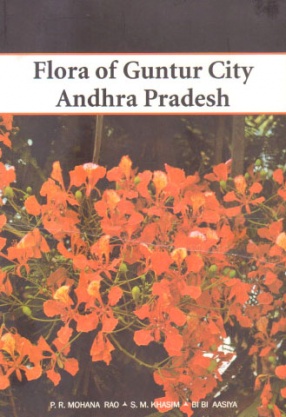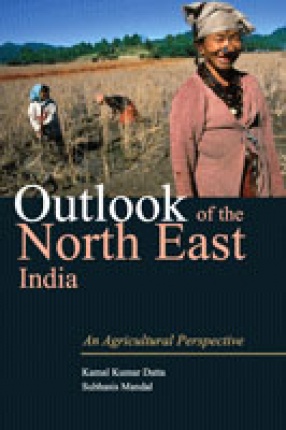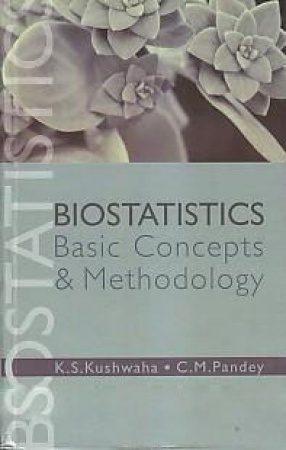The flora of Guntur City is the brain child of Professor P.R. Mohana Rao, Whose association with the Professor Olov Hedberg at Uppsala University inspired him to take up flora work which eventually culminated into a most valuable treatise. Uhl (1930) did a maiden attempt on Flora of Guntur when he was working in Luthern Mission College, Guntur in the early part of last century, but the neither followed any system of classification nor he provided keys for genera and species since then there has been a phenomenal change in landscape of Guntur city. Judging from senior author’s wide experience, a modern flora is much needed containing identification keys and descriptions of plants available in Guntur and its surroundings. Both wild as well as introduced plants growing in cultivated fields, roadsides, railway tracks parks, public gardens, private gardens, colleges, schools, guest houses, tobacco companies, ponds and puddles were collected, recorded and about 411 species representing 78 families are described in the book.
A short summary of diagnostic features and description is given under each family followed by a key to genera and followed by description of each species, with its local distribution, time of flowering and fruiting, local names, local uses, pollination etc. The families are arranged according to the Bentham and Hooker’s System of Classification of flowering plants (1862-1883). The authors strongly believe that the Flora of Guntur City, Andhra Pradesh, India is very significant, catering the needs of researchers, undergraduate and post-graduate students, taxonomists teachers and general public equally.
The authors opine that a flora of this type should be written for small and big towns and cities in order to make the general public aware of the plants which grow in and around where they live. Further more this should spread the message that the plants are part and parcel of every day life and they need protection in order to maintain green mantle for pollution free healthy living. It should be mentioned that the young brains of the school going children come to know the names and importance of plants of their vicinity from a very early age, and understand the importance of conservation of nature for the present and posterity.
Contents: Preface. 1. Introduction. 2. Vegetation. 3. Resume of floristic works on Andhra Pradesh with reference to Guntur. 4. Employed methods in the study. 5. Plan of the flora. 6. Analysis of the flora. 7. Concluding remarks on the flora of Guntur. 8. A note on wayside/roadside trees of Guntur. 9. Artificial key to families. 10. Systematic enumeration. 11. Literature cited. 12. Glossary of botanical terms. Index.





There are no reviews yet.